Alu Vadi to Shrikhand Puri: Balance Indulgence and Nutrition This Gudi Padwa
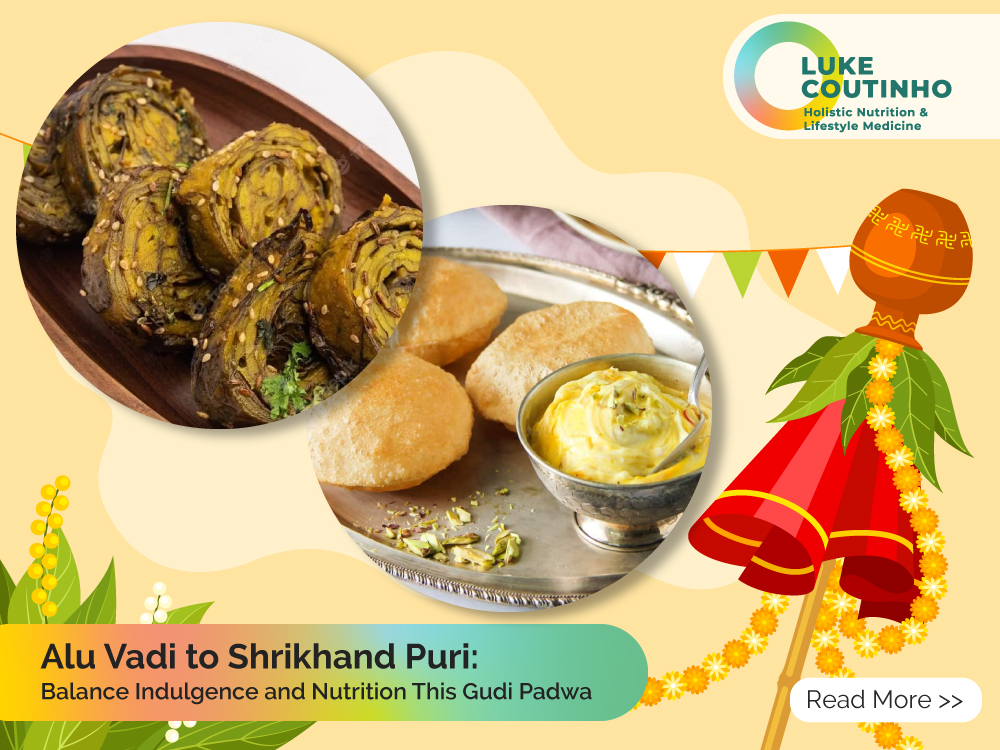
Alu Vadi – A Savoury Festive Treat
Ingredients
- 6 large fresh colocasia leaves, arbi/taro leaves
- ¾ cup chick pea flour, besan
- ¼ cup rice flour
- ¼ cup sattu flour
- ½ tsp turmeric powder
- ½ tsp ground pepper powder
- 2 tsp ground Sri Lankan cinnamon
- ¼ tsp bishop's weed, ajwain
- 1 tsp ground fennel seeds, saunf
- 1 tsp chili powder
- ½ tsp ground cumin seeds, jeera
- 1 ½ tsp salt
- 1- inch ginger, peeled and grated (adrak)
- 2 green chilies, optional
- 5 tbsp fresh tamarind pulp
- ½ cup jaggery powder
- 500 ml water
For the tempering:
- 1 tbsp cold-pressed coconut oil or unrefined mustard oil
- 2 tsp mustard seeds, rai
- 1 tsp asafoetida, hing
- 2 tbsp sesame seeds, til
- 10 - 12 curry leaves
- 2 tbsp fresh coriander leaves to garnish
Instructions
To prepare the colocasia leaves:
- Begin by wiping the colocasia leaves.
- Clean them with a damp kitchen towel.
- Clean both sides thoroughly.
- Use a knife to trim the thick spine that runs down the leaf.
- Run the knife across the stalk to flatten it.
- Repeat the trimming for all the leaves.
To make the batter:
- In a large bowl, combine the chickpea flour, rice flour, sattu flour, ground cinnamon, ajwain, ground fennel seeds, ground cumin seeds, chili powder, and salt.
- Whisk to combine.
- Add the grated ginger, green chili paste, tamarind, and jaggery powder next.
- Slowly add the water, mixing it well to ensure a smooth paste is formed without any lumps.
- Set aside for 15 minutes.
To assemble the alu vadi:
- Arrange the colocasia leaves by size, beginning with the largest to the smallest leaf.
- Take the largest colocasia leaf and lay it out on a clean surface.
- Top with a large spoonful of batter.
- Use a clean spoon or your hands to spread the batter over the leaf.
- Take the second largest leaf and place it opposite to the first leaf.
- Repeat the process for the other leaves.
- Once all the leaves are heaped on top of each other, cover it finally with more batter.
- Fold one side of the leaves down and bring it to the center and repeat for the other side to ensure the leaves meet in the middle.
- It should form a rectangle.
- Cover with more batter.
- Starting from the short side, start rolling it into a log that is tight enough without the batter squeezing out.
- Once done, apply the remaining batter to coat the roll outside and stick down the loose ends.
- To steam the alu vadi
- Grease a dish with a few drops of oil and place it in the steamer/pressure cooker (don't use the whistle).
- Place the rolls on the dish with the sealed side facing down.
- Close the lid and steam on medium heat for 20 minutes.
- Let it cool down. Cut the roll into wide pieces.
To finish the alu vadi:
- Slice the cooled alu vadi into thin slices.
- You can eat them steamed or fry them too as per suitability.
For the tempering:
- Heat oil in a pan.
- Add the mustard seeds. Once they splutter, add asafoetida, sesame seeds, and curry leaves.
- Add the alu vadi slices to the pan and cook on both sides until golden brown and crispy.
- Garnish with fresh coriander leaves.
- Serve hot.
Power tips and variations:
- The most common problem with alu leaves, especially if they are not tender or fresh, is that it causes itching in the throat. Hence, a souring agent is added to the recipe to combat this. In this case, tamarind pulp is added.
- Pick out the leaves carefully. The leaves should be green, without any spots (turn back to check for any pest infestation, while buying).
- You can use spinach leaves also if colocasia leaves are unavailable.
- You can use grated coconut for garnish too.
Notes
- Taro leaves are rich in vitamins B, C, thiamine, riboflavin, folate, manganese, copper, and potassium which boost the brain and the nervous system.
They are rich in iron, Vitamin A and contain omega 3 too. An important amino acid arginine is present in them which helps in maintaining overall reproductive health.
Nutrition
Shrikhand - A Classic and Creamy Delight
Ingredients
- 2 cups of homemade curd, A2 curd or cashew curd, as per suitability
- 1 tbsp of saffron water
- 2 tbsp chopped pistachios and almonds
- ½ cup of organic jaggery powder
- ¼ tsp of cardamom powder
- 2 tsp pumpkin seeds to garnish
Instructions
- Take a large bowl and place a muslin cloth. Now gently pour 2 cups of homemade curd.
- Tie the cloth and let it rest for at least an hour.
- This way, the water will drain out of the curd completely.
- Now refrigerate the curd for 2 hours to prevent it from becoming sour.
- In a large bowl, mix the curd with ½ cup of jaggery along with 1 tbsp of saffron water and ¼ teaspoon of cardamom powder.
- Mix well and garnish the Shrikhand with chopped pistachios, almonds, and pumpkin seeds.
Power tips and variations
- You can also opt to use peanut curd or coconut curd, as per suitability.
- You can add chopped mangoes and strawberries as add-ons.
- You can also add rose syrup or petals for extra flavor.
- Use the whey collected from the curd for the curries and soups.
Notes
- Shrikhand is not only rich in calcium but also contains vitamins B1, B2, and B12.
- It is rich in fiber, and protein and contains natural live cultures which are good for gut health and the immune system.
- https://www.youcarelifestyle.com/product-details/praakritik-organic-jaggery-powder-1-5-kgs--500-gms-each---pack-of-3-
- https://www.youcarelifestyle.com/product-details/four-thirty-almond-and-pistachio-crunch-150-gms
Nutrition
|
From a pimple to cancer, our You Care Wellness Program helps you find a way Talk to our integrative team of experts today 18001020253 |


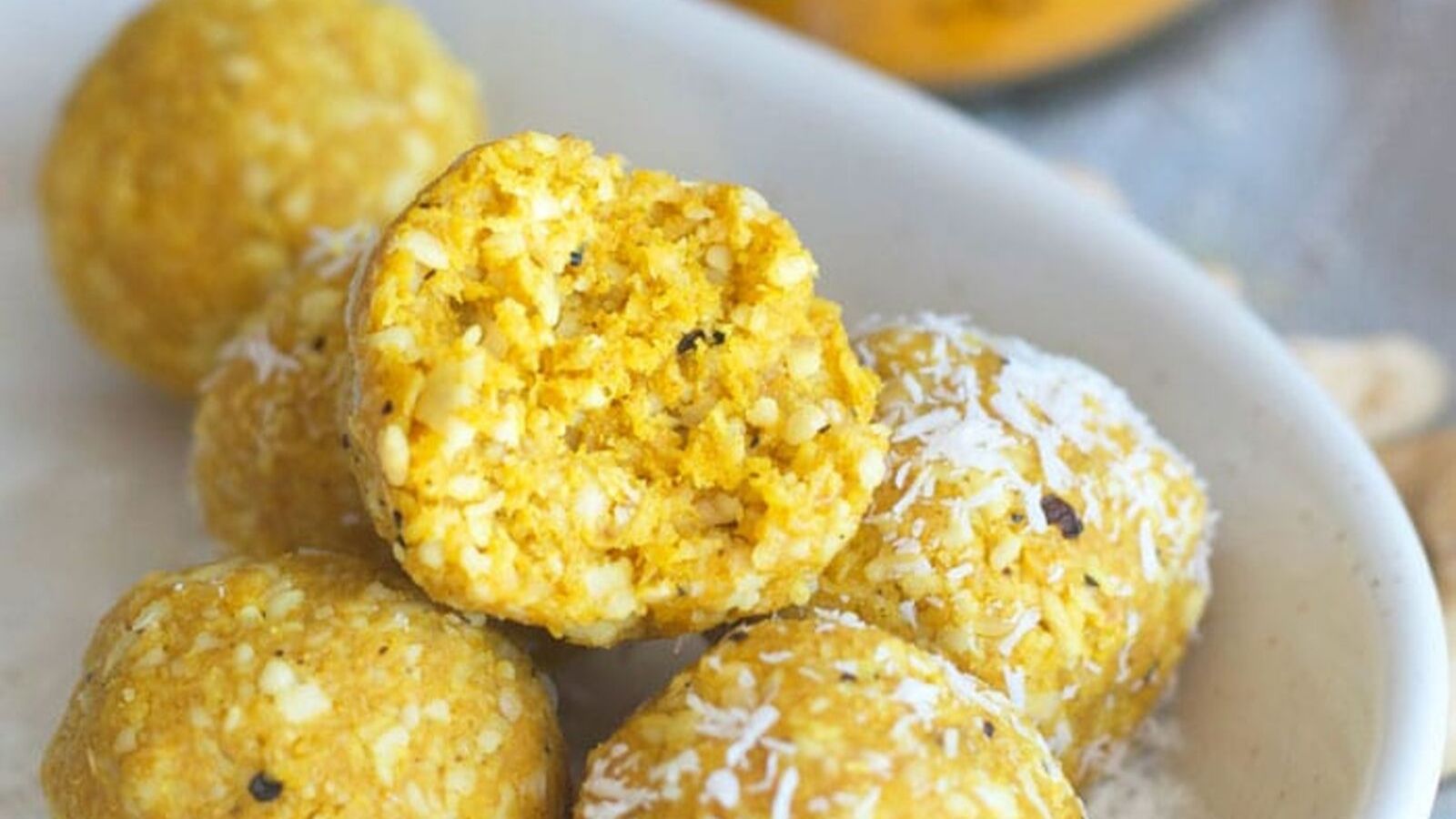
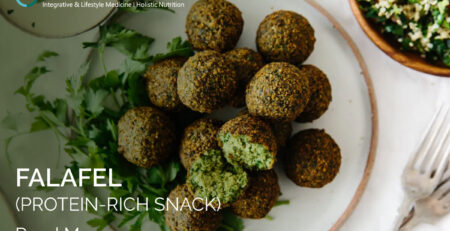
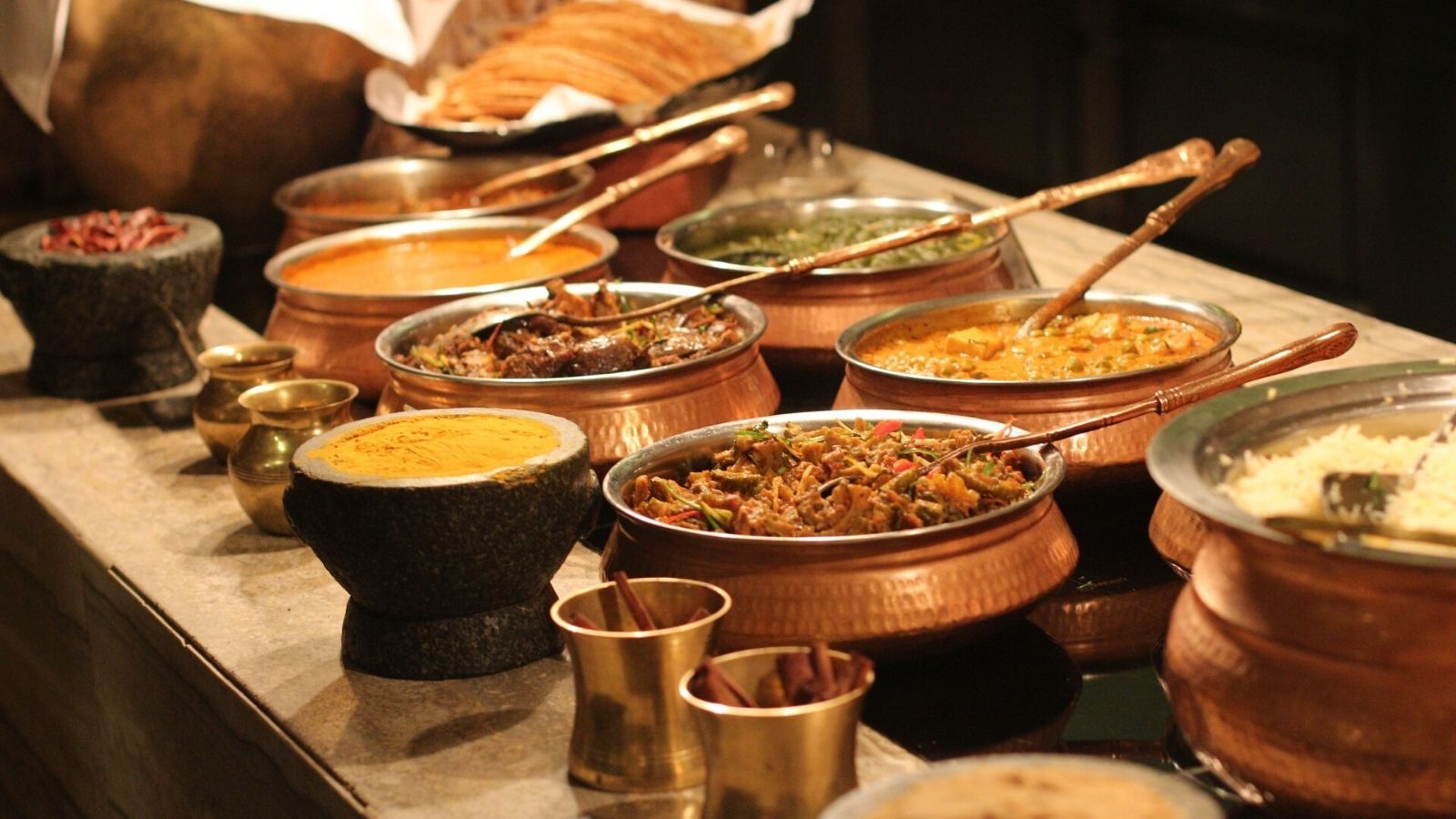

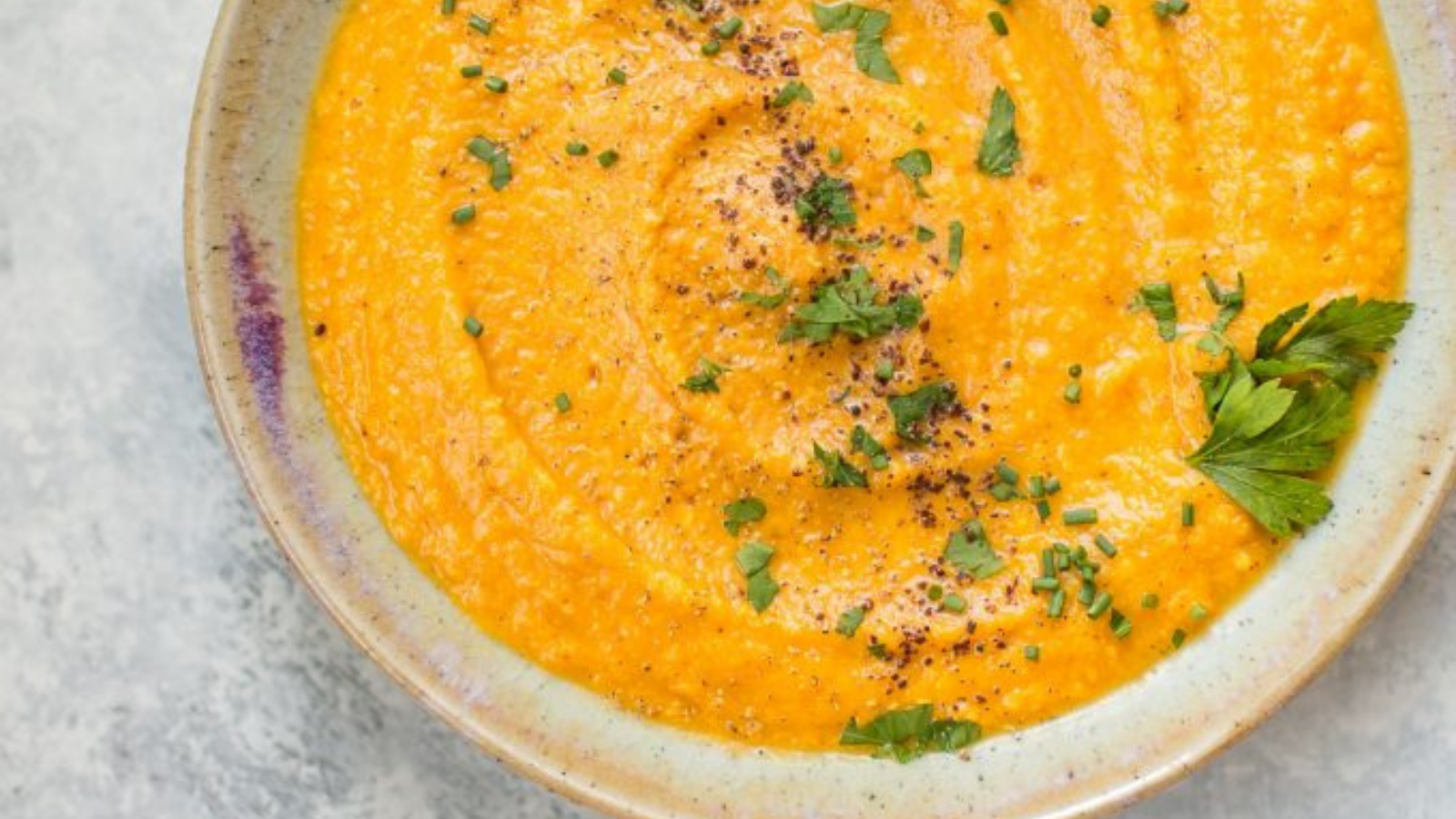
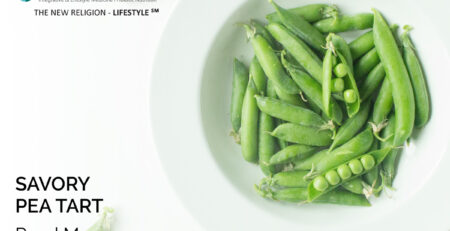
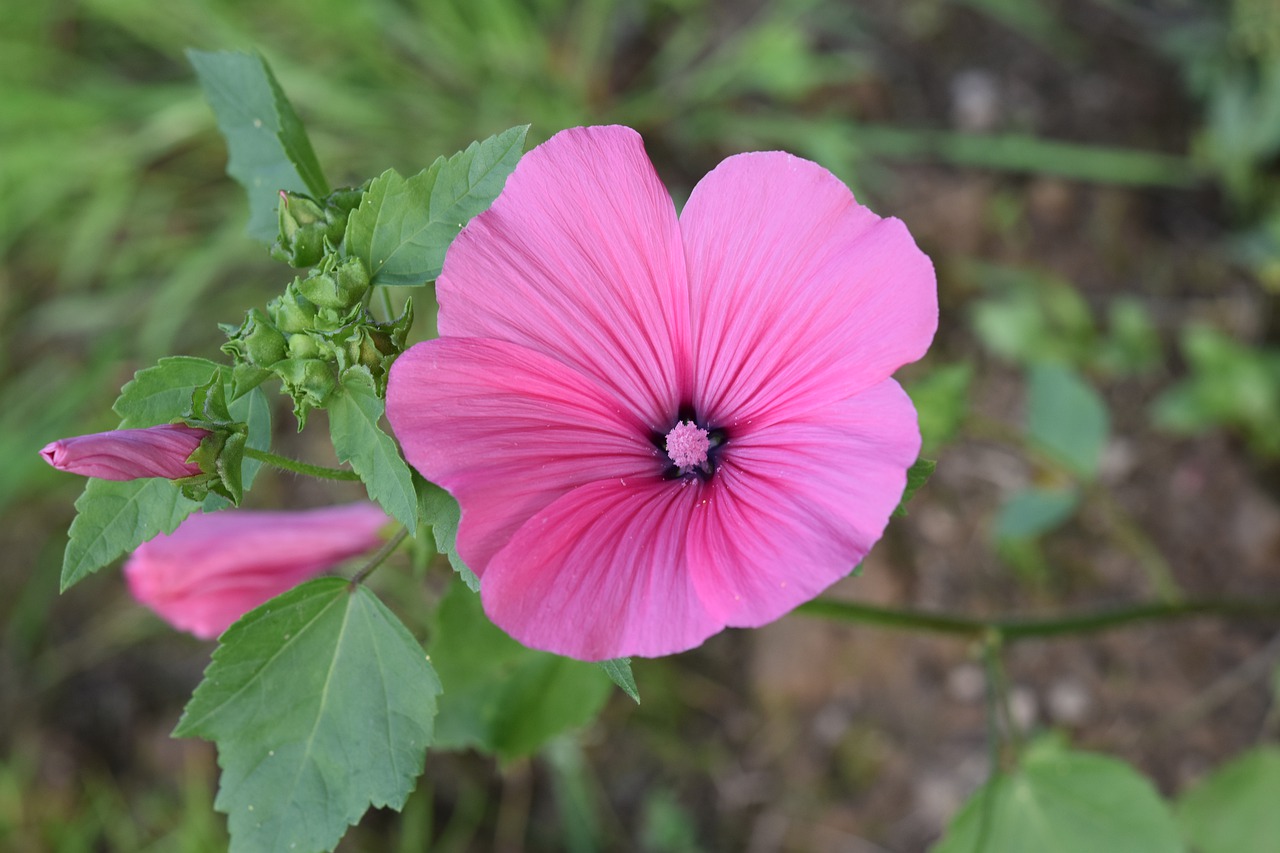
Leave a Reply